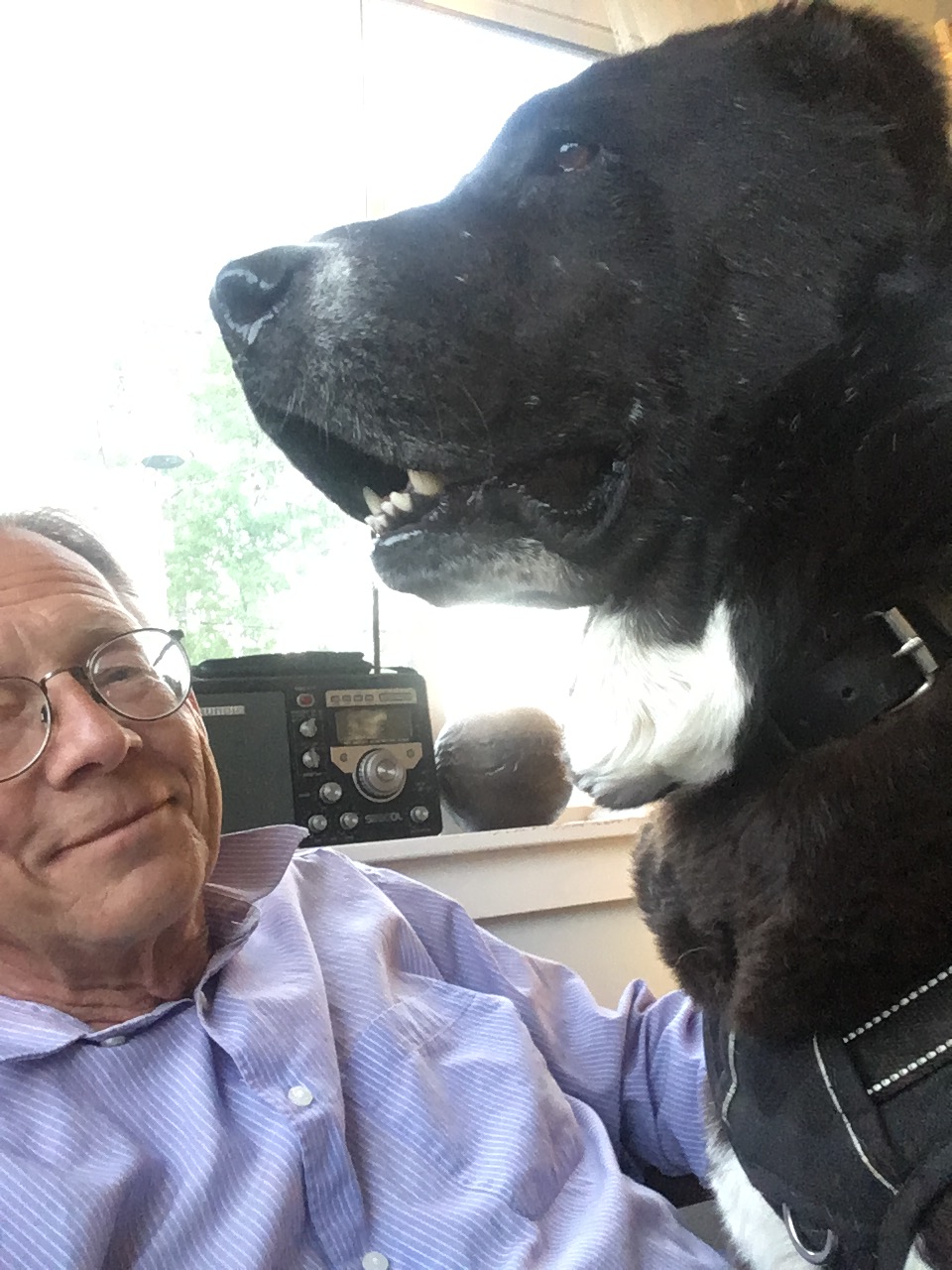Can you imagine a doctor telling a heart attack survivor:
“That was a close call, but I’m glad you made it. I’ll see you next time you have one. Oh, by the way, you might want to watch that cholesterol.”
I thought not. Yet, that is how most of the one million kidney stone cases are handled every year in the United States at a cost reported to exceed four billion dollars.
Kidney stone pain is said to be one of the worst pains a person can experience. In medical school we were taught that patients with a ruptured appendix are likely to lie perfectly still on the exam table whereas kidney stone patients are in such agony that they are unable to stay long enough on the table for you to examine them.
We have all kinds of technologies available for kidney stone removal, all of them expensive. Prevention, on the other hand, is cheap but seldom done. Cynics may say that there are no incentives in this country to prevent diseases that provide steady work for physicians who treat them.
Over the years I have seen public awareness and special interest groups crop up for just about every disease, even rare ones like SCID, Asperger’s and Rett Syndrome. Common things like avoiding recurrent kidney stones seem to get less media attention.
Kidney stones are made up of uric acid (the same compound responsible for gout) or salts containing calcium and another ingredient like oxalate, phosphate or struvite. Regardless of stone composition, recurrences can be partly prevented by simply drinking more water, which dilutes the stone-forming chemicals. Interestingly, there is a “kidney stone belt” in the southern part of the United States that is said to be expanding northward as a result of global warming, with projections of a 25% increase in kidney stone cases by the year 2050.
The Calcium Paradox
Depending on the chemical composition of kidney stones and levels of urinary excretion of key ingredients, specific dietary interventions and medications can help reduce a patient’s risk for recurrent stones. Doctors, like everyone else, however sometimes jump to conclusions. Some things seem so obvious that nobody questions them. Then, when scientific research proves our assumptions to be wrong, we refuse to believe, or perhaps we just forget what we have learned. This is at the core of what we call Evidence Based Medicine.
It was long assumed that if you restricted a person’s intake of calcium, the risk for kidney stones would decrease. The New England Journal of Medicine reported in 1993 that the opposite was true; a low calcium diet increases kidney stone risk. I seem to remember hearing the same thing during my training in Sweden long before then.
The reason for this calcium paradox seems to be that a low calcium diet causes more ingested oxalate in the intestine to exist in a free form, rather than attached to calcium. The free intestinal oxalate is more easily absorbed, leading to more oxalate in the urine, where it can combine with even small amounts of calcium to form a kidney stone.
Yet, I often hear that kidney stone patients are told by their doctors to restrict their calcium intake. I also hear both doctors and patients make general statements about the effects of fluid pills (diuretics) and vitamin C. Without knowing what type of stone a patient has, such generalizations are simply not helpful.
Physicians have an obligation to help patients avoid illness when there is good evidence available to guide us. Kidney stone prevention is not as glamorous as blasting stones with lithotripsy. As with any disease prevention, the way you know it works is that nothing happens. Any physician who has faced a kidney stone patient writhing with excruciating pain can appreciate that nothing happening is more humane than “See you next time”.











0 Responses to “See You Next Time”